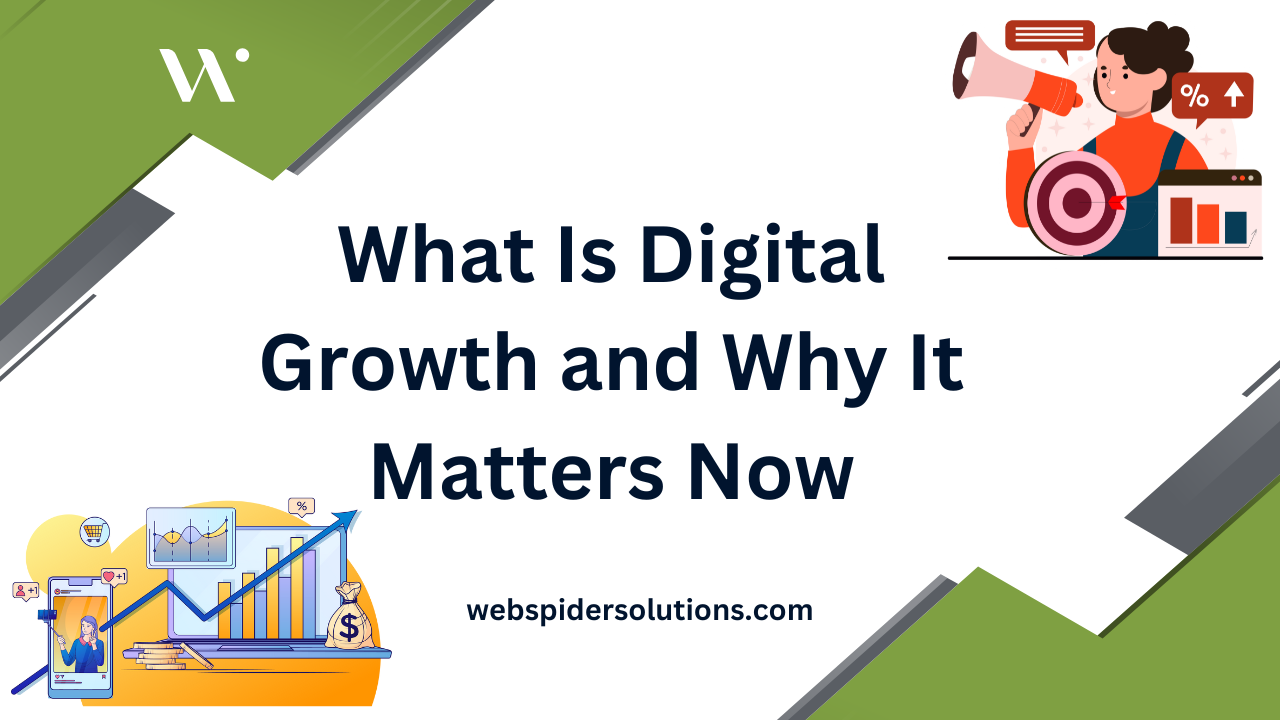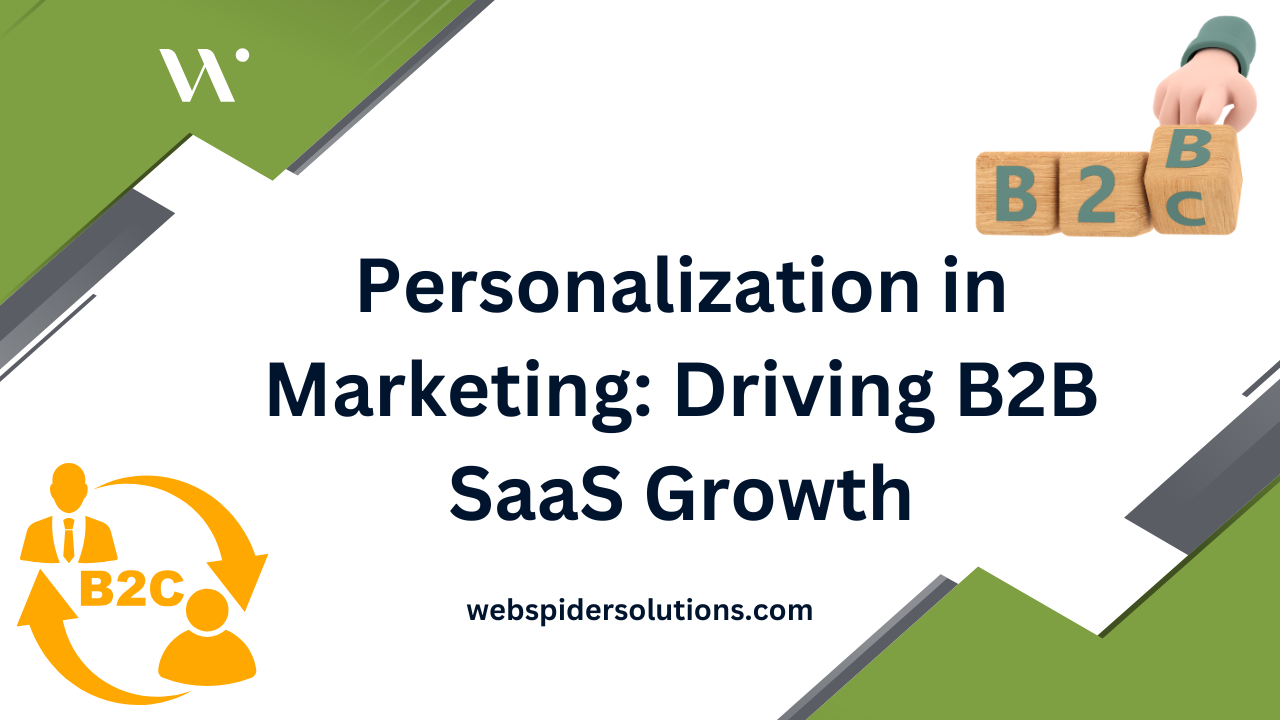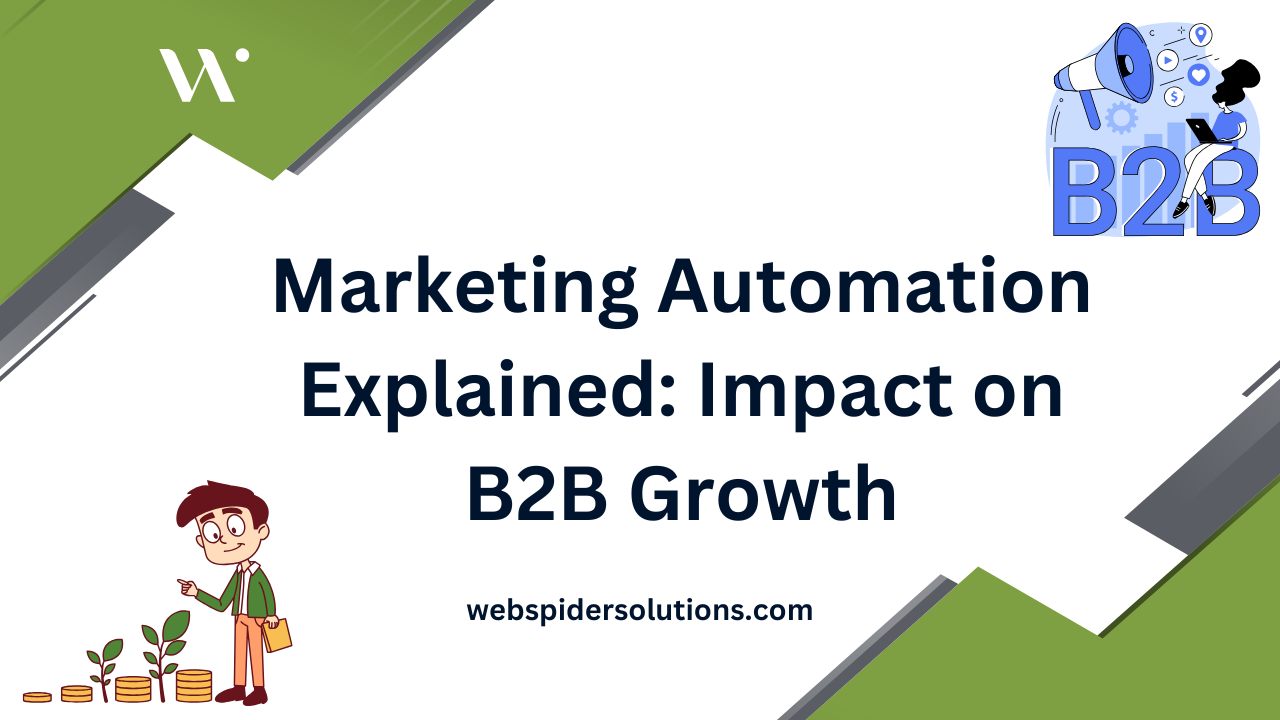Most website visitors leave without making a purchase and nearly 98 percent never buy on their first visit. That sounds discouraging if you run a business online. Yet the real surprise is how remarketing can turn those missed chances into actual sales by gently reminding people about your brand long after they have clicked away.
Table of Contents
- Understanding What Remarketing Means
- How Remarketing Works In Digital Marketing
- Benefits Of Remarketing For Modern Businesses
- Best Practices To Succeed With Remarketing
Quick Summary
| Takeaway | Explanation |
|---|---|
| Remarketing targets interested users | Remarketing focuses on users who have engaged with your website, increasing the chances of conversion. |
| Utilize tracking mechanisms effectively | Implement tracking codes to follow users across digital platforms and display relevant ads. |
| Segment audiences for better results | Categorize audiences based on their behaviors for personalized and relevant ad experiences. |
| Maintain brand visibility consistently | Continuous ad presence keeps your brand top of mind, enhancing customer recall and engagement. |
| Test and refine your campaigns regularly | Constantly adjust your messaging and targeting strategies to maximize conversion rates and effectiveness. |
Understanding What Remarketing Means
Remarketing represents a powerful digital advertising strategy that helps businesses reconnect with potential customers who have previously interacted with their website or online content. Unlike traditional advertising approaches, remarketing focuses on targeting individuals who have already demonstrated some level of interest in a product or service.
The Core Mechanism of Remarketing
At its fundamental level, remarketing works through a sophisticated tracking mechanism. When a user visits a website, a small piece of code (often called a pixel or cookie) is placed in their browser. Learn more about our targeted marketing strategies, which enable businesses to create strategic ad campaigns that follow potential customers across different digital platforms.
According to the U.S. Small Business Administration, remarketing allows businesses to show targeted ads to individuals who have previously visited their website. This approach significantly increases the chances of converting an interested visitor into an actual customer by maintaining brand visibility and reminding them of their initial interest.
Why Remarketing Matters for Business Growth
Businesses invest in remarketing because it offers several strategic advantages. The Hospitality Sales and Marketing Association International (HSMAI) highlights that remarketing enables advertisers to strategically ‘follow’ users across digital platforms. This method is particularly effective because it targets an audience that has already shown some level of engagement with a brand.
The primary benefits of remarketing include:
- Precision Targeting: Reaching users who have already expressed interest in your products or services
- Cost Effectiveness: Lower advertising spend compared to broad, untargeted marketing campaigns
- Enhanced Brand Recall: Keeping your brand top of mind for potential customers
By implementing a well-crafted remarketing strategy, businesses can transform casual website visitors into committed customers, ultimately driving growth and improving overall marketing return on investment.
How Remarketing Works in Digital Marketing
Remarketing operates through a sophisticated digital tracking and advertising mechanism that enables businesses to reconnect with potential customers who have previously interacted with their online platforms. This strategic approach transforms casual website visitors into potential leads by maintaining consistent brand visibility across multiple digital channels.
The Technical Process of Remarketing
The remarketing process begins with a simple yet powerful tracking technique. When a user visits a website, a small piece of JavaScript code (commonly referred to as a pixel) is placed in their browser, creating a unique identifier that allows advertisers to track and target their online movements. Explore our advanced digital marketing campaign strategies to understand how these tracking mechanisms can enhance your marketing efforts.
According to the American Marketing Association, retargeting involves purchasing ad space on various websites to display targeted advertisements to users who have previously viewed specific products or services online. This method ensures that potential customers are continuously reminded of their initial interest, increasing the likelihood of conversion.
Remarketing Strategies and Audience Segmentation
Successful remarketing goes beyond simple tracking. The U.S. Small Business Administration highlights that businesses can transform abandoned shopping cart interactions into potential sales by strategically displaying product advertisements across different web platforms.
Effective remarketing strategies typically involve:
- Dynamic Ad Personalization: Creating ads that reflect the specific products or services a user previously viewed
- Audience Segmentation: Categorizing website visitors based on their behaviors and interactions
- Frequency Optimization: Carefully managing how often ads are displayed to prevent user fatigue
By implementing these sophisticated remarketing techniques, businesses can create a continuous engagement loop that gently guides potential customers through the conversion funnel, ultimately improving marketing efficiency and return on investment.
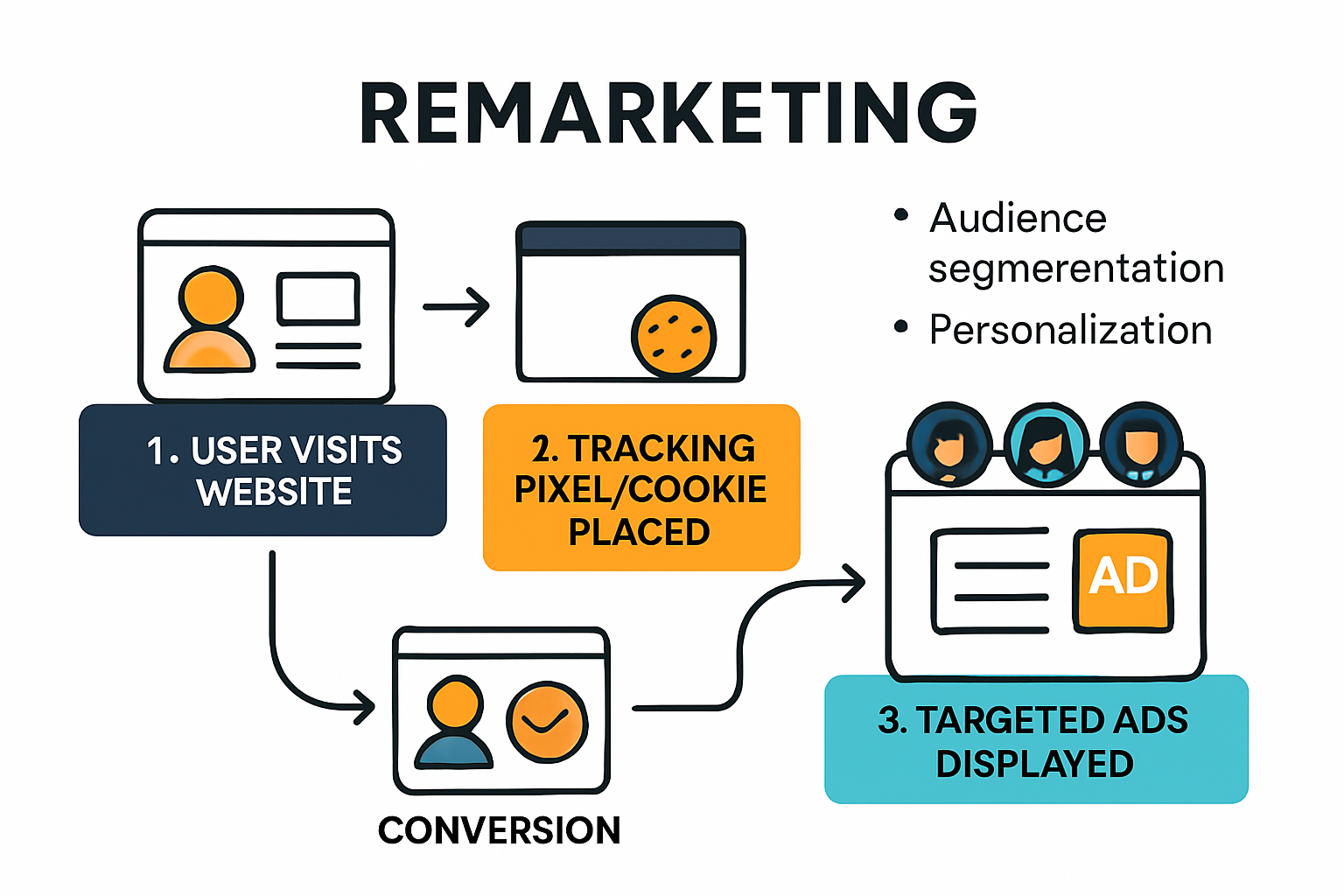
Benefits of Remarketing for Modern Businesses
Remarketing represents a transformative digital marketing strategy that offers substantial advantages for businesses seeking to maximize their online advertising effectiveness. By strategically reconnecting with potential customers who have already shown interest, businesses can significantly enhance their conversion rates and marketing efficiency.
Cost Effective Customer Re-Engagement
One of the most compelling benefits of remarketing is its cost effectiveness. Learn more about digital marketing strategies for small businesses to understand how targeted advertising can optimize your marketing budget. According to the American Marketing Association, remarketing allows businesses to follow up with potential customers who have shown initial interest, thereby reducing overall advertising expenditure by focusing on a pre-qualified audience.
The U.S. Small Business Administration emphasizes that remarketing enables businesses to re-engage website visitors more economically compared to traditional broad-reach advertising methods. This approach ensures that marketing resources are directed towards individuals with a higher probability of conversion.
Enhanced Brand Visibility and Customer Recall
Remarketing serves as a powerful tool for maintaining brand visibility and reinforcing customer memory. By strategically displaying targeted advertisements across various digital platforms, businesses can keep their brand at the forefront of potential customers’ minds. The Journal of Extension highlights that remarketing techniques can effectively expand audience engagement and create lasting brand impressions.
Key advantages of remarketing for brand visibility include:
Here is a table summarizing the main benefits of remarketing for businesses, as described in the article. This makes it easy to scan the advantages and understand their impact.
| Benefit | Description |
|---|---|
| Precision Targeting | Reach users who already showed interest in your offerings |
| Cost Effectiveness | Use less ad spend than broad, untargeted campaigns |
| Enhanced Brand Recall | Keep your brand memorable for potential customers |
| Consistent Brand Presence | Maintain visibility across multiple digital channels |
| Personalized Customer Experience | Tailor ads based on previous user interactions |
| Increased Conversion Potential | Guide leads toward decisions, improving likelihood of turning visitors into customers |
- Consistent Brand Presence: Maintaining visibility across multiple digital channels
- Personalized Customer Experience: Delivering tailored advertisements based on previous interactions
- Increased Conversion Potential: Gently guiding potential customers through the purchasing decision
Businesses that implement sophisticated remarketing strategies can create a continuous engagement loop that nurtures potential customers from initial interest to final conversion. By understanding and leveraging these digital marketing techniques, modern businesses can transform casual website interactions into meaningful, revenue-generating relationships.

Best Practices to Succeed with Remarketing
Remarketing represents a sophisticated digital strategy that requires careful planning and execution to deliver optimal results. Businesses must approach remarketing with strategic precision to maximize engagement and conversion potential while avoiding common pitfalls that could diminish campaign effectiveness.
Strategic Audience Segmentation
Successful remarketing begins with intelligent audience segmentation. Learn more about boosting conversion rates to understand how targeted strategies can enhance marketing performance. According to the U.S. Small Business Administration, businesses should establish specific criteria for remarketing campaigns, such as targeting visitors who browsed products but did not complete a purchase.
The Online Marketing Institute recommends creating targeted groups based on user behavior to deliver more relevant and personalized advertising experiences. This approach ensures that marketing efforts are precisely tailored to specific audience segments, increasing the likelihood of conversion.
Crafting Compelling Remarketing Campaigns
Effective remarketing demands a nuanced approach to content and delivery. The Hospitality Sales and Marketing Association International highlights the importance of utilizing advanced technologies to pinpoint user interests and create highly targeted advertising experiences.
Key best practices for remarketing campaigns include:
- Precise Targeting: Focus on users who have demonstrated genuine interest in your products or services
- Message Customization: Create tailored advertisements that speak directly to specific audience segments
- Frequency Management: Implement strategic frequency caps to prevent ad fatigue and potential customer irritation
Businesses must also continuously test and refine their remarketing strategies. This involves experimenting with different messaging, visual elements, and call-to-action approaches to determine the most effective combination for engaging potential customers.
Below is a table outlining effective remarketing strategies and best practices mentioned in the article. This allows readers to quickly grasp actionable tactics for building successful remarketing campaigns.
| Strategy | Description |
|---|---|
| Dynamic Ad Personalization | Create ads reflecting specific products or services viewed by the user |
| Audience Segmentation | Categorize visitors based on behaviors and interactions |
| Frequency Optimization | Manage how often ads are shown to avoid user fatigue |
| Precise Targeting | Focus on users with genuine product/service interest |
| Message Customization | Tailor ad messages for specific audience segments |
| Frequency Management | Use strategic ad caps to prevent customer irritation |
| Continuous Testing & Refining | Regularly adjust messaging and creative elements for improved results |
By implementing these sophisticated remarketing techniques, businesses can transform casual website interactions into meaningful marketing opportunities, ultimately driving higher conversion rates and improving overall digital marketing performance.
Frequently Asked Questions
What is remarketing?
Remarketing is a digital advertising strategy that targets users who have previously interacted with a website or online content, aiming to re-engage them and increase the chances of conversion.
How does remarketing work?
Remarketing works by utilizing tracking mechanisms, such as cookies, to follow users across digital platforms and display targeted ads based on their previous interactions with a brand’s website.
Why is remarketing important for businesses?
Remarketing is important for businesses because it allows them to reconnect with potential customers who have already shown interest in their products or services, leading to higher conversion rates and more cost-effective marketing campaigns.
What are some best practices for successful remarketing campaigns?
Best practices for successful remarketing campaigns include strategic audience segmentation, dynamic ad personalization, frequency optimization, and continuous testing and refining of ad messages to enhance engagement and effectiveness.
Amplify Your Conversions With Remarketing That Works
Missing out on customers who leave your website without buying can feel frustrating. If you are struggling to turn website visitors into loyal customers, you already know how much every lost opportunity matters. Most businesses face the same challenges: visitors come and go, ad budgets disappear, and real results never show up. But you do not have to face this alone. Our experience with remarketing and paid advertising can help you capture those missed sales and keep your brand top of mind.
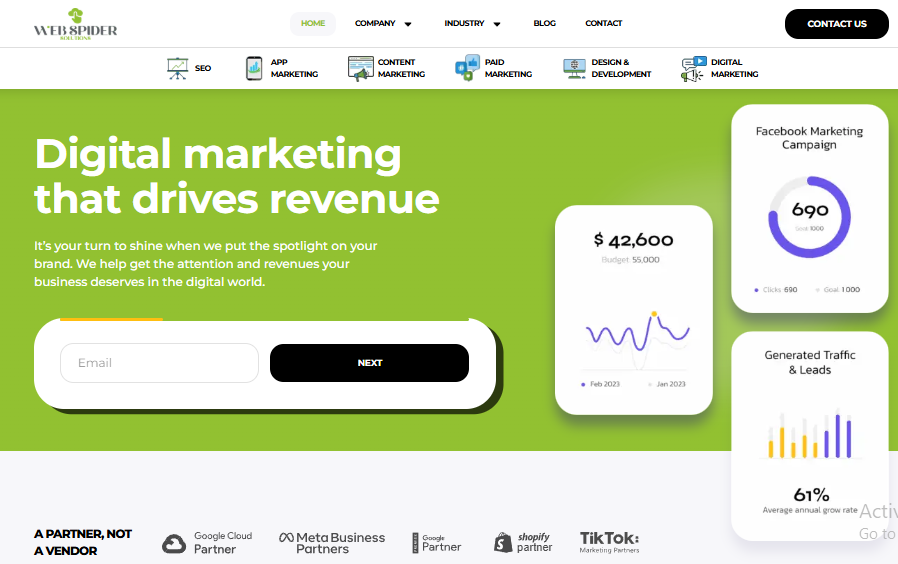
Do not let potential customers slip away any longer. Explore the proven strategies highlighted in our Paid Advertising Archives – Web Spider Solutions for tested methods to re-engage your audience. Ready to boost your results? Visit Web Spider Solutions now to unlock custom remarketing solutions designed for real business growth. Take action today — every moment you wait could be another missed sale.
Recommended








